100 Years of the RAF, 73 Squadron circa 1938 Hawker Hurricane Mk I “early”, Classic Airframes 1/48
This article is part of a series:
- 100 Years of the RAF, 73 Squadron circa 1938 Hawker Hurricane Mk I “early”, Classic Airframes 1/48
- 100 Years of the RAF, 56 Squadron mid 1939, Hawker Hurricane Mk I, 1/48 Airfix new tool
- 100 Years of the RAF, No. 264 Squadron, circa July 1940, Martlesham Heath, Suffolk, England 1/48 Airfix BP Defiant
The time is upon us to reveal our 1930's aircraft from the RAF. This is my first reveal from the 100 Years of the RAF Group Build. I have two more to go from this decade.
This model is the older Classic Airframes kit in 1/48 scale, and it was painted using Model Master enamels. The elevators were dropped, and the rudder controls were mounted a little off center. Other than some aftermarket decals, this is an out of the box build.
If you want to build up an early cloth covered wing version of the Hurricane then this is the only game in town as of now.
The early Hurricanes had a cloth covered wing as the most obvious distinguishing feature.
However there were some other things that I'll point out to you that were only found on the earliest versions.
To begin with is the keel that would normally be present under the fuselage. Going from memory it was added to increase the stability starting with the 77th airframe. Here's a closer look at what I'm talking about. The rudder was also shorter on these early planes.
The early Hurricanes had "kidney" style exhaust.
And a two blade Watts propeller was used. They also used a "Ring and Bead" style gun sight.
A Venturi was also used,
And the windscreen was not armored.
These early Hurricanes also used a post style antennae mast. This was changed later during the production run.
When Hawker started producing the Hurricanes, several things were carried over from the previously built biplanes from the company. One such thing was the "Aluminum Dope" finish that was seen on the underside of the aircraft.
I used a set of aftermarket decals by Iliad Design entitled "Pre-War Hurricanes". These worked very well on this particular model.
This plane was built to represent a machine from No.73 Squadron and it uses the "B" camouflage pattern. It is serial number L1568.
Luckily I was able to find several original era photos of these early Hurricanes. They confirmed what the decals indicated on the instructions.
This is a picture of Hurricane serial number L1582. It was built approximately 14 planes after the aircraft depicted with my model kit.
Here's another Early Hurricane. Unfortunately most of the Serial Number is not visible in this photo. This one is Serial Number L15 ?
This is a picture of serial number ?83. It most likely is L1583 judging by the features found in the photo. This particular plane has a later style exhaust added, which usually happened later.
Here's another photo showing early Hurricane Mk I's lined up for inspection.
It is a kit produced by a limited run manufacturer, so if you are planning on building one, I highly recommend taking your time with the fit and cleaning up of the parts. Shown in this picture below is L1550 and L1559. These planes were produced a few airframes before the model I built.
Here's a picture that also shows L1559 in the fore ground. If you look a little closer you will see that this machine has a different camouflage pattern than the other planes.
Lastly, I found this picture that shows one "nosed over". I included this picture as it shows the cloth wing very well.
Later on they developed a metal wing to replace this fabric covered wing. This was done to increase performance and add strength.
The new style metal wing was often used as a replacement for the fabric covered wing when the plane underwent service at a Maintenance Unit, or was repaired after damage. The new all metal wing was designed to be interchangeable with the early cloth covered wing.
The Hurricane was often portrayed not as glamorous as the Spitfire. However, it was available in numbers and did the job when it was needed. It had some very good fire power at the time it was introduced. The first versions had 8 .303 caliber machine guns mounted in the wings. Four on each side. this was considered satisfactory until combat and encounters with the cannon armed Bf-109 "Emils" came on scene...
Here's a link to the build journal:
It covers the building of two Hurricanes. I hope you enjoy this article as much as I did the build. This kit went together very well for me. Hardly any filler was used. The resin bits that were provided were very nicely cast. The hardest thing to do was remove the pouring block from the landing gear bay which was a large chunk of resin.
Please have a look at it, and as always,
"Comments are Encouraged"
Thanks !

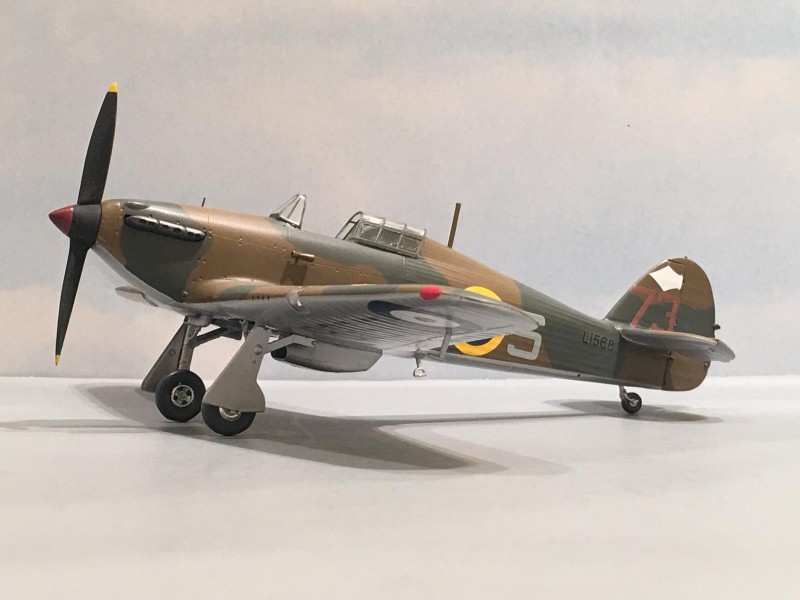


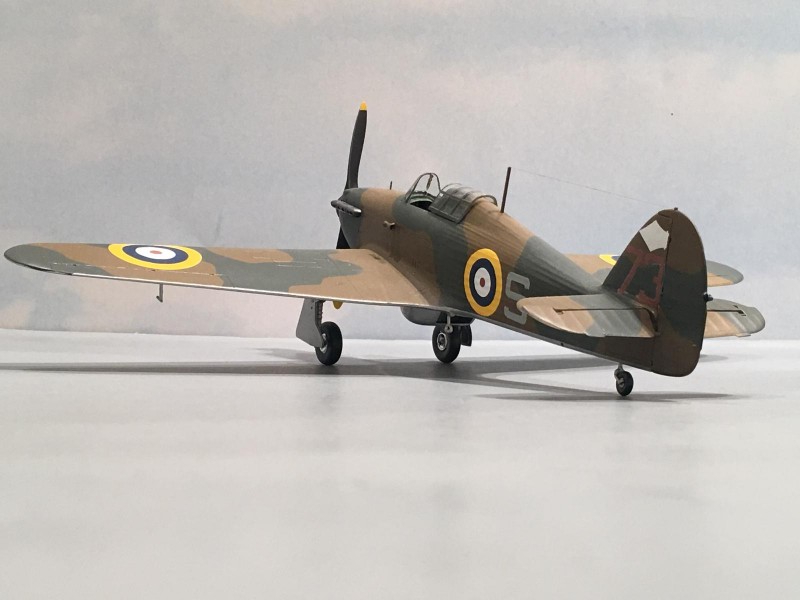


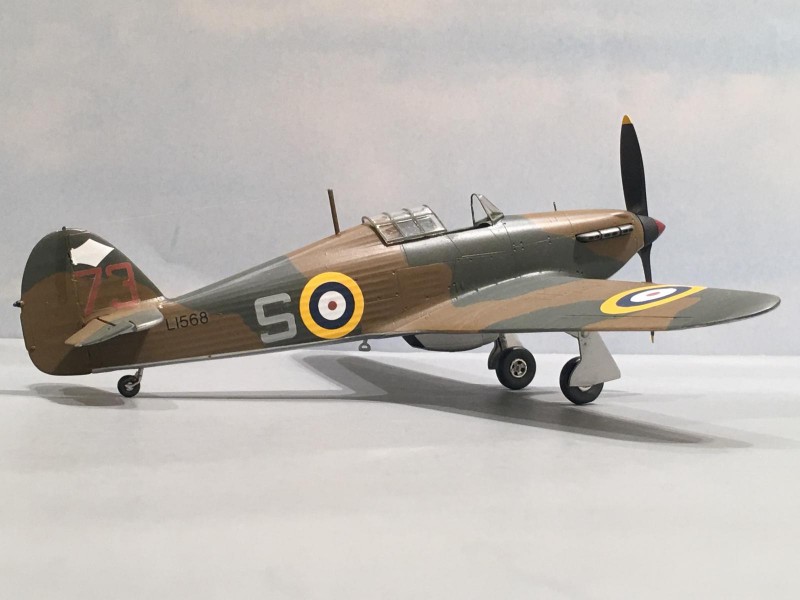
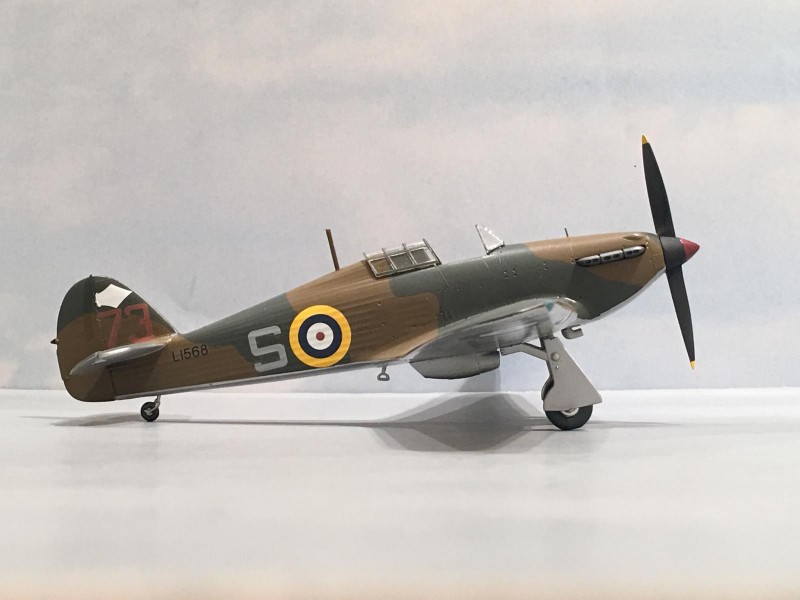
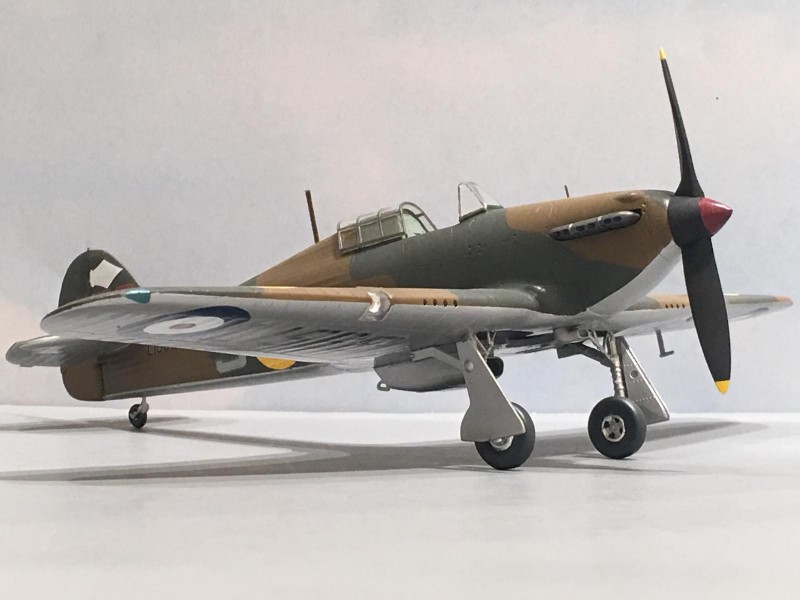
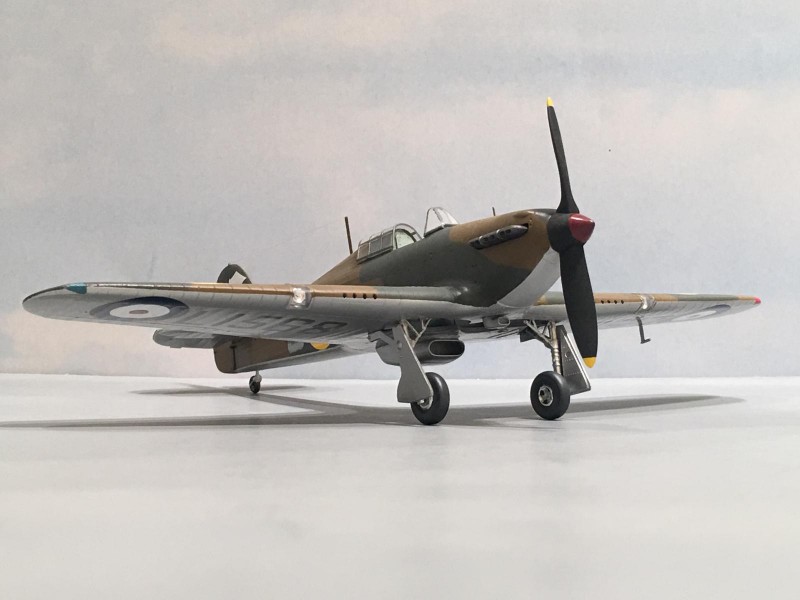
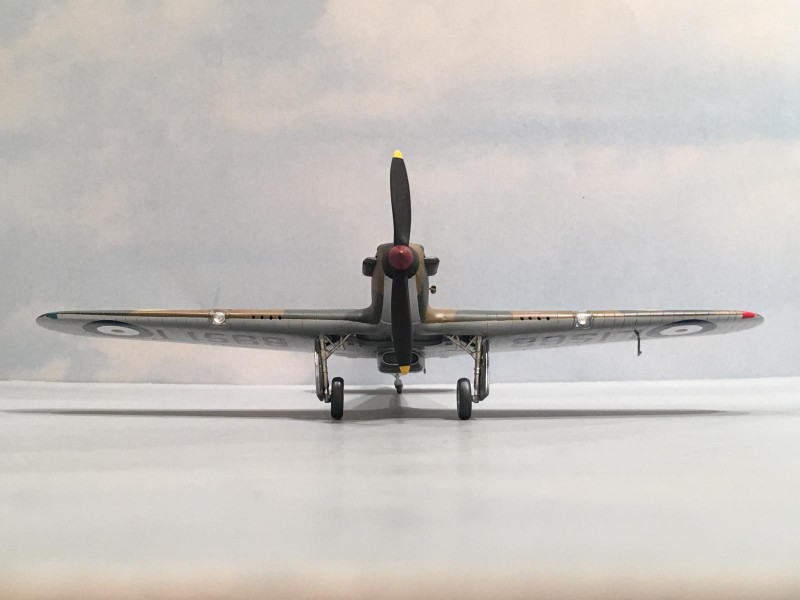
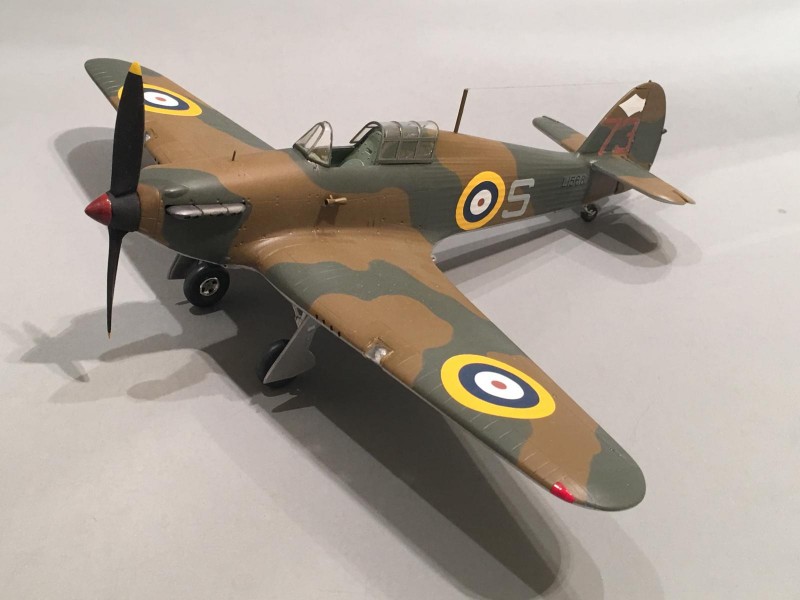
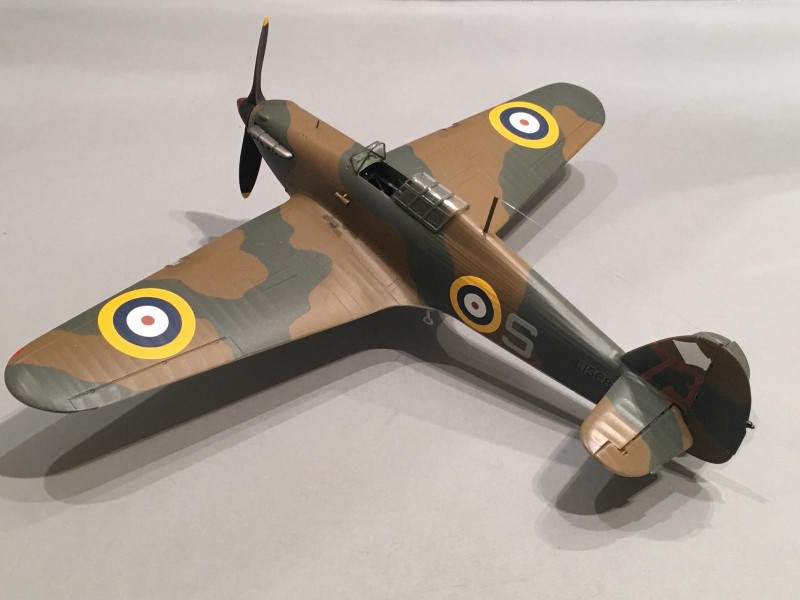


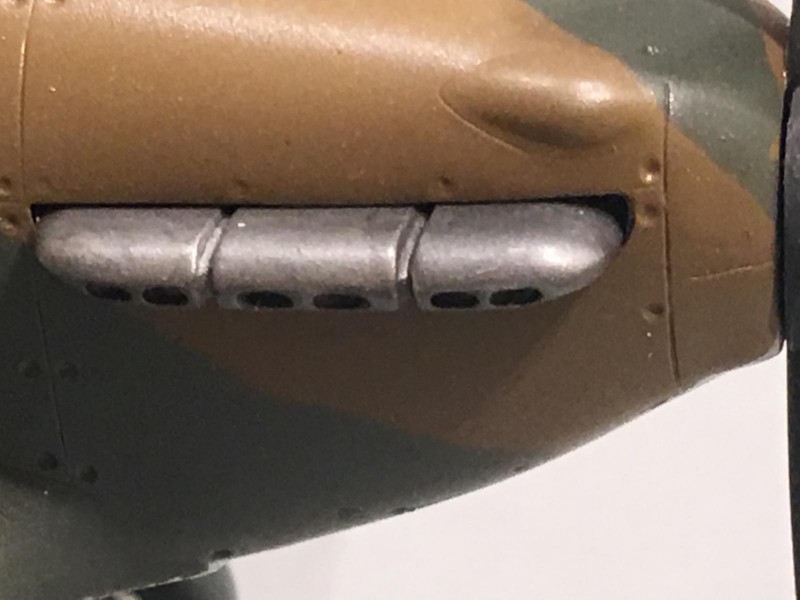
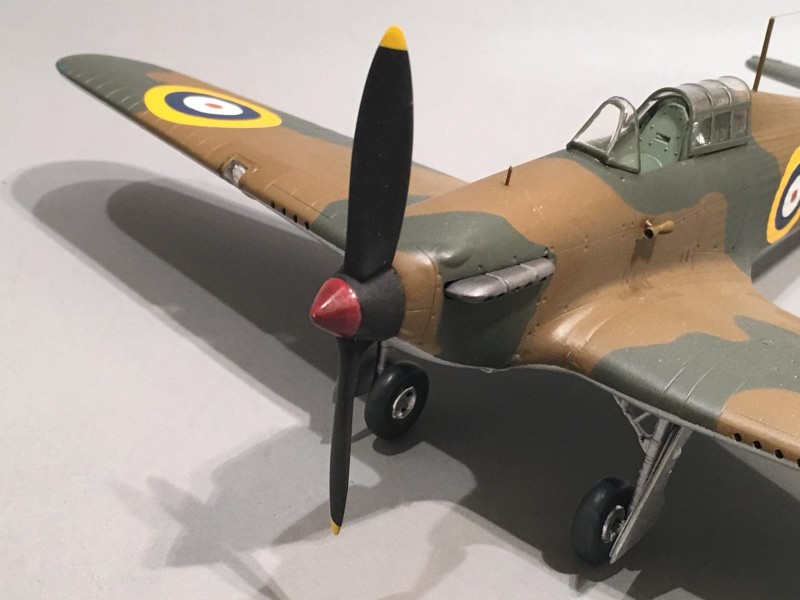
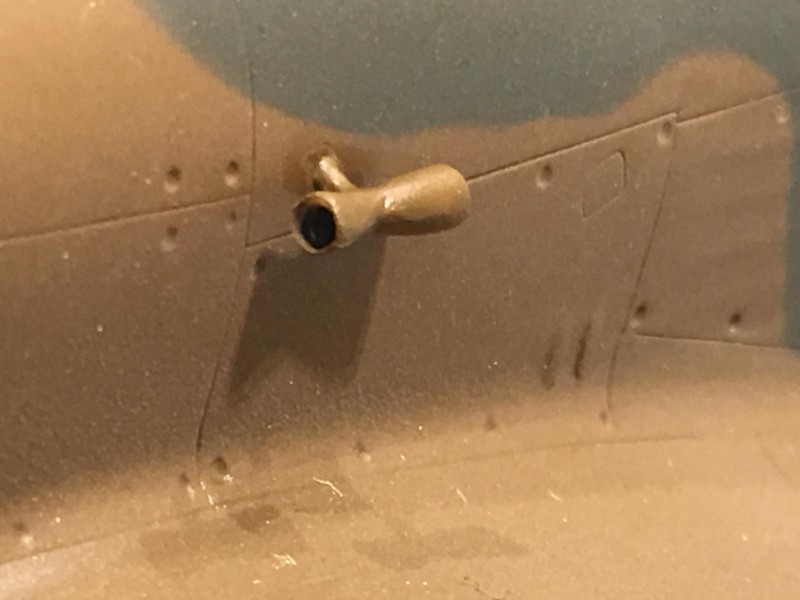
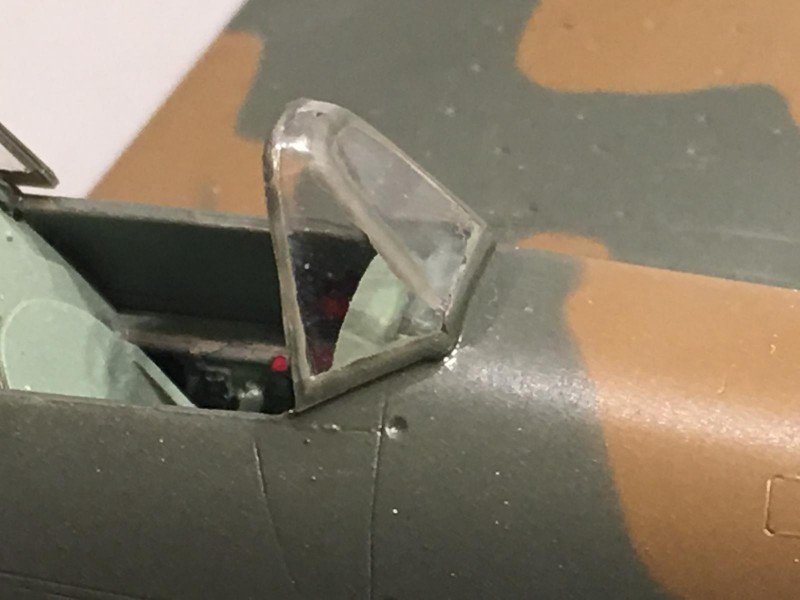
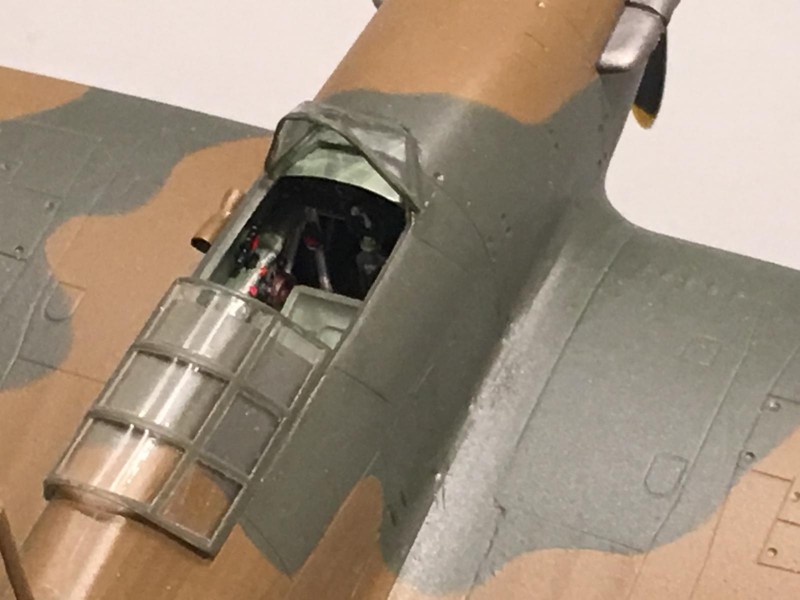
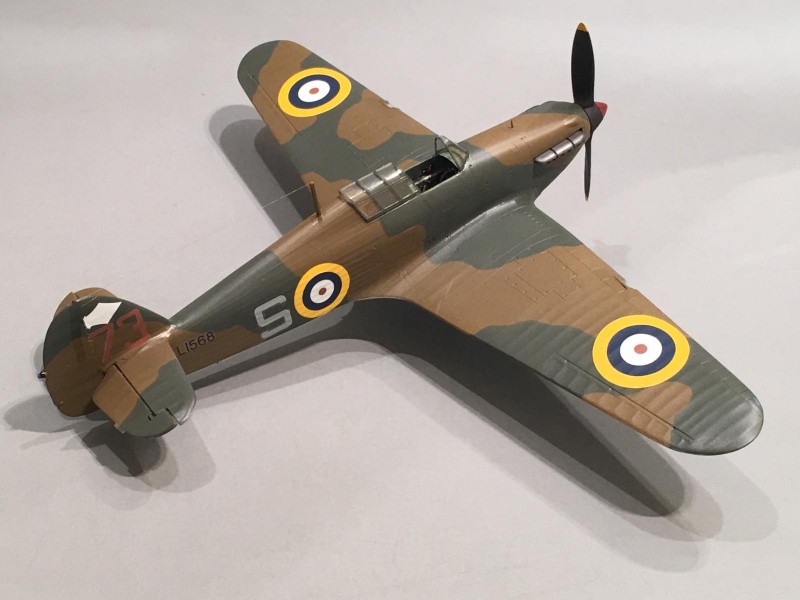
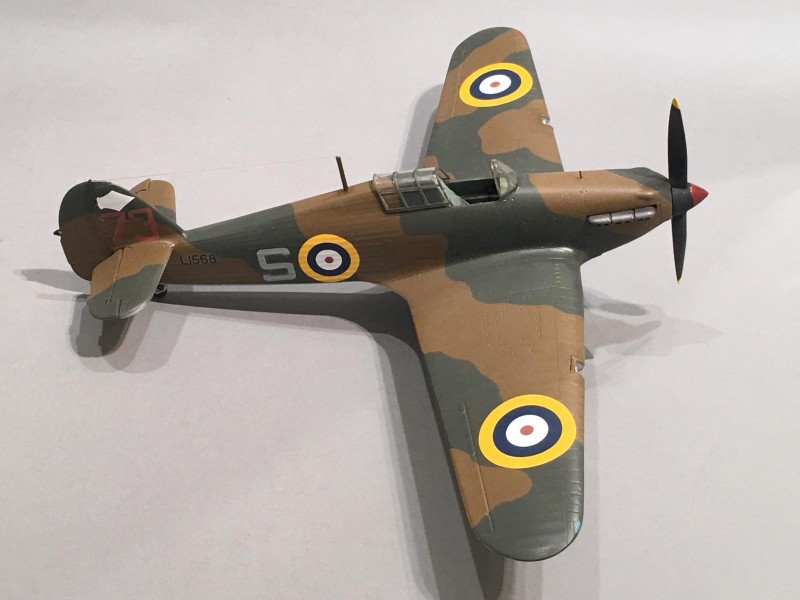
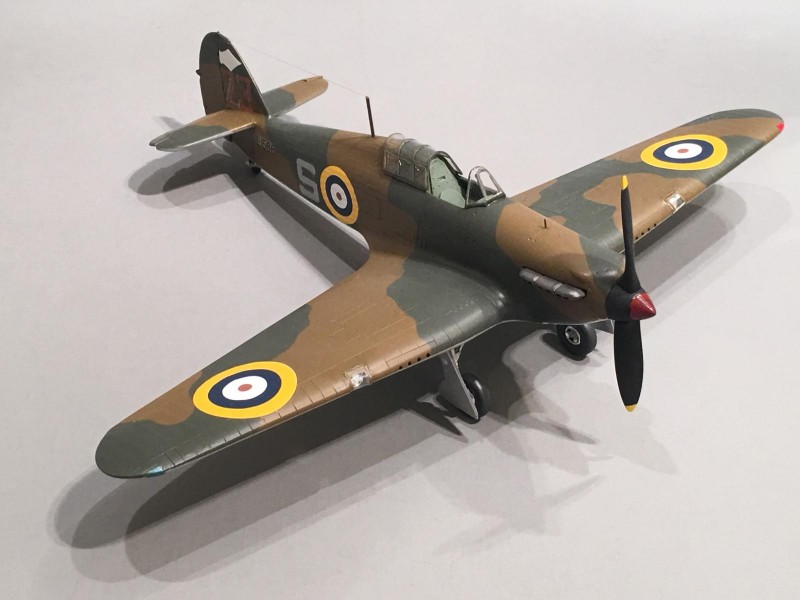
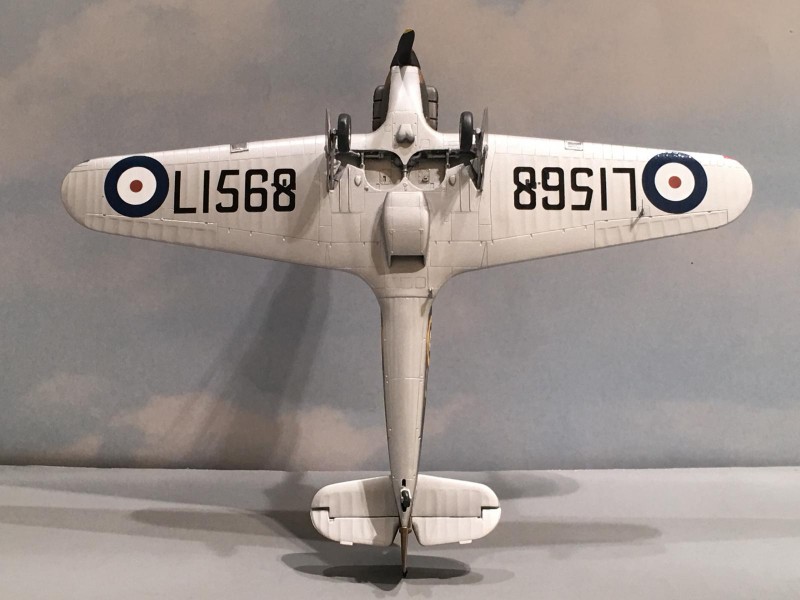
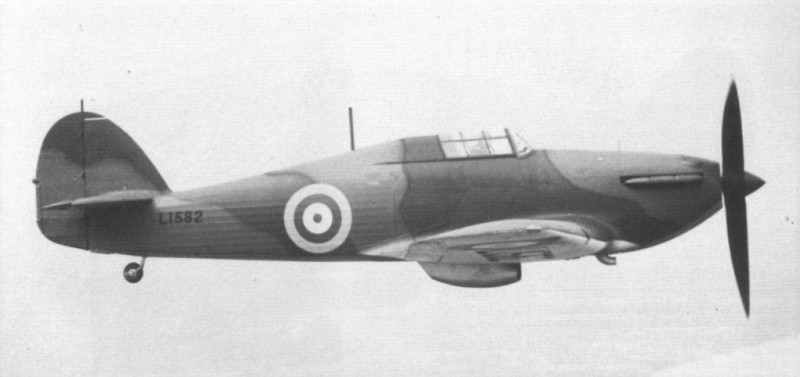
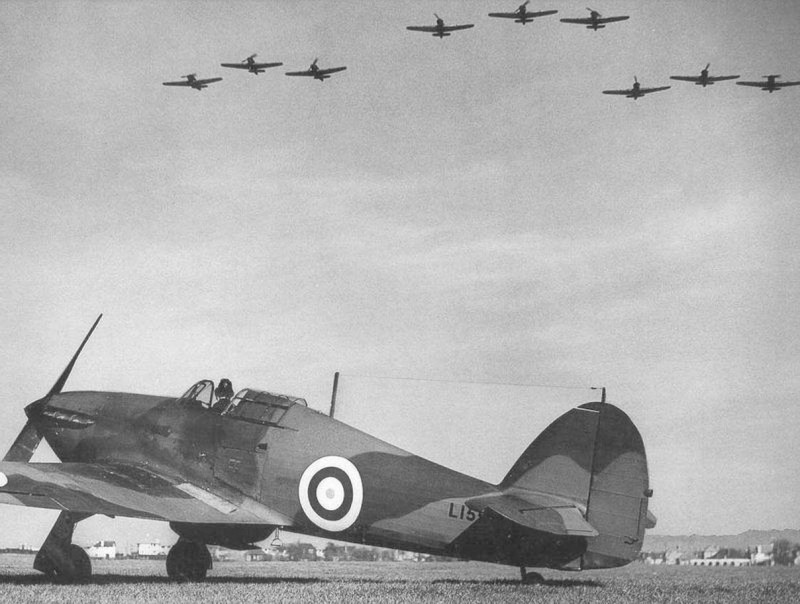
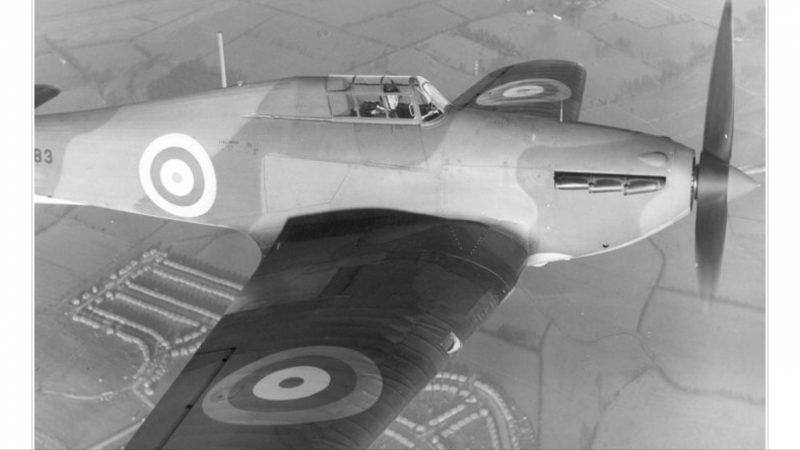
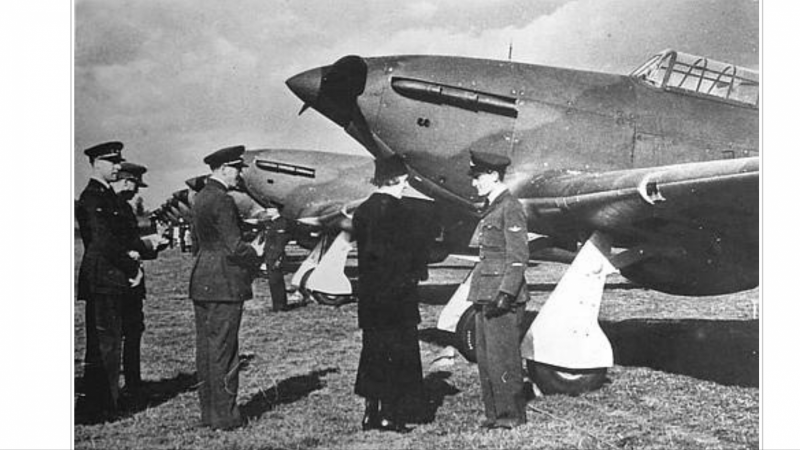
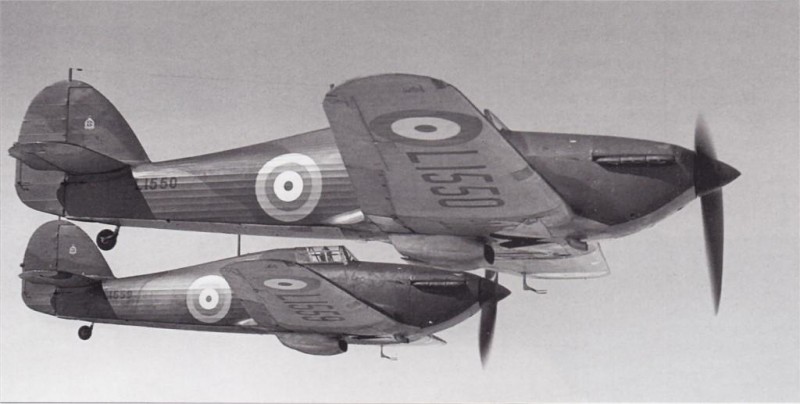
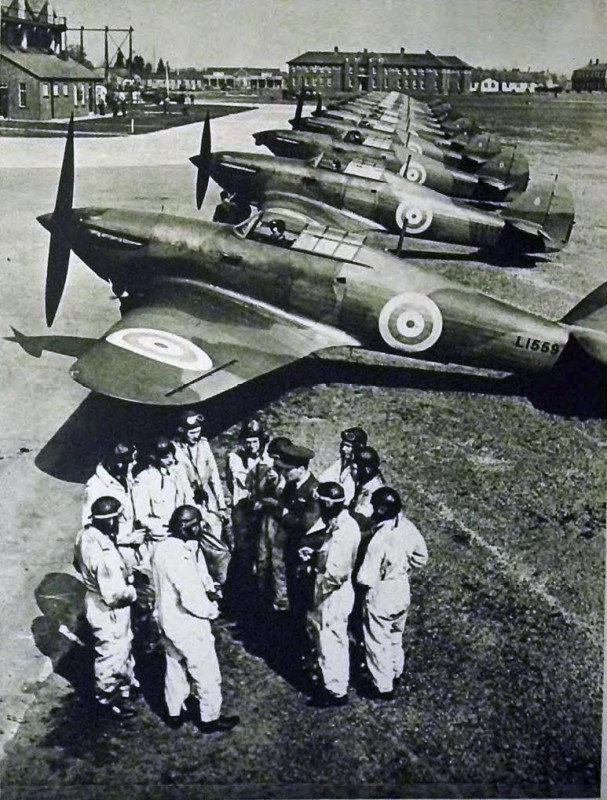
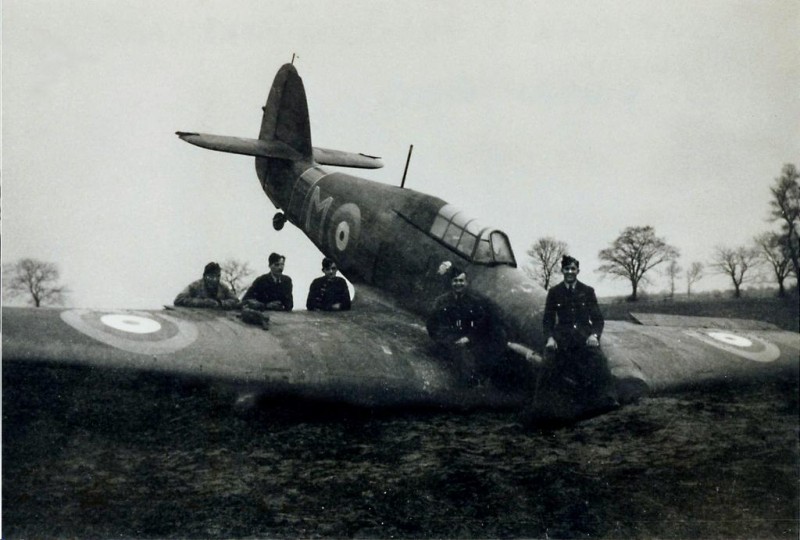


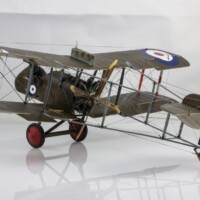
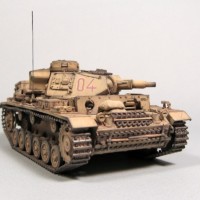
The effort you put into these WIPS and posts is just incredible, Louis. The outcome is always fantastic. I am so pleased that you have been a mainstay for this group. It has been a genuine pleasure 'tuning in' and learning how to model, research and how to communicate. It is fitting that we start the 30s reveal with an early Hurricane, a real link between some of those aircraft unable to make the jump in order to act as fighters in WW2 (Lysanders and Gladiators, spring to mind) and what was the current state of the art. A beautiful build, great photos and a really impressive history lesson. Magnificent!
Thanks Paul for several things. To start out with, none of this would have happened if you didn't take the initiative to start this magnificent Group Build.
Next thanks for the compliments and for the encouragement you gave us along the way.
Then there is the time when you sent me replacement RAF roundel decals for the Airfix Hurricane Mk I. You saved the day.
I wanted to start my postings with this early Hurricane. It truly bridged the gap between older biplane technology and the more modern technology that prevailed during WW2.
The least we can do is to help support this endeavor and do what we can to commemorate the 100 Years of the RAF.
It's been a great adventure and I have learned so much along the way.
We have been blessed with some very talented people who have made some great looking models.
I'm looking forward to seeing your Lysander and your Hurricane too. The SE-5 and the Sopwith Snipe is sure to be breathtaking as well.
Thanks again for everything. Speaking for the rest of us, you have lead by example.
Well done my friend.
Thanks again for everything and the compliments.
Take care my friend.
A great way to launch the RAF GB Louis. Excellent presentation starting with a seldom seen version of the Hurricane. What is so cool to the whole endeavor is not just the model, but the history weaved around it, the kit the build it is all top notch. Your story fact driven, well told and easy to follow along. Well done.
Thanks for sharing.
Thanks Chuck !
I try to incorporate some history into each of my articles. I wanted to start out my postings with the earliest plane that I built for the 100 Years of the RAF. This early Hurricane is a really cool looking model with the transition colors they used during the era it was in service with the RAF. The things I really like about this version is being able to see visually how the type was improved and upgraded when you have this very early version sitting next to a later Mark. Then the differences are highly visible.
I have some more work to get posted and I hope these next articles will follow the lead started with this one.
Thanks again my friend.
Take care.
Excellent model; excellent painting; outstanding narrative, Louis! This is a great way to start the "reveal, my DAT Brother"
Jeff my fellow DAT brother.
Thanks for the compliments buddy.
So, so pretty. I just love the Hurricane! And I echo the remarks of others, Louis, regarding the detail and care you demonstrate by your posts. Truly remarkable.
Hello again David.
I agree with you that the Hurricane is a great looking plane. I have actually considered building up a scratch built RC version with an 80 inch wingspan. There's just something about the plane that draws you to it, like a moth to the flame. I'm pleased to see you enjoyed this one !
Thanks again buddy and take care. Hope to hear from you again soon.
Excellent all the way around - the model, the research, the effort. Just super.
Thanks Tom !
All the above and more...! Still don't understand how you do your time managements. Paul
Hey Paul !
It's always great to hear from you. I sincerely appreciate the compliments.
As far as the work schedule goes, sometimes I get in the zone and really start cranking them out.
Thanks again my friend.
It’s a glamorous Hurricane you got there Louis. I like it more than later BoB types. Remarkable work and research as usual. Keep them coming
Pedro my friend !
Yes this early Hurricane looks very nice to me. Once I found this aftermarket decal set, and did some research on the type, I knew I would build up one that had the aluminum dope finish on the underside.
Thanks again.
Please stay tuned for more articles. They are on the way.
Another pristine Gardner build!
Thanks Greg !
Magnífico reportaje fotográfico de una maqueta y un avión únicos.Gran trabajo Louis
Julio gracias.
Super work Louis !
Nice choice of subject and a lovely finish !
Thanks David for the compliments on this build. You normally don't see the early Mk I Hurricane built up. I knew I had to build up one when Paul started the Group Build. It was the perfect excuse !
Thanks again ...
Nicely done Louis !
Thanks Allan !